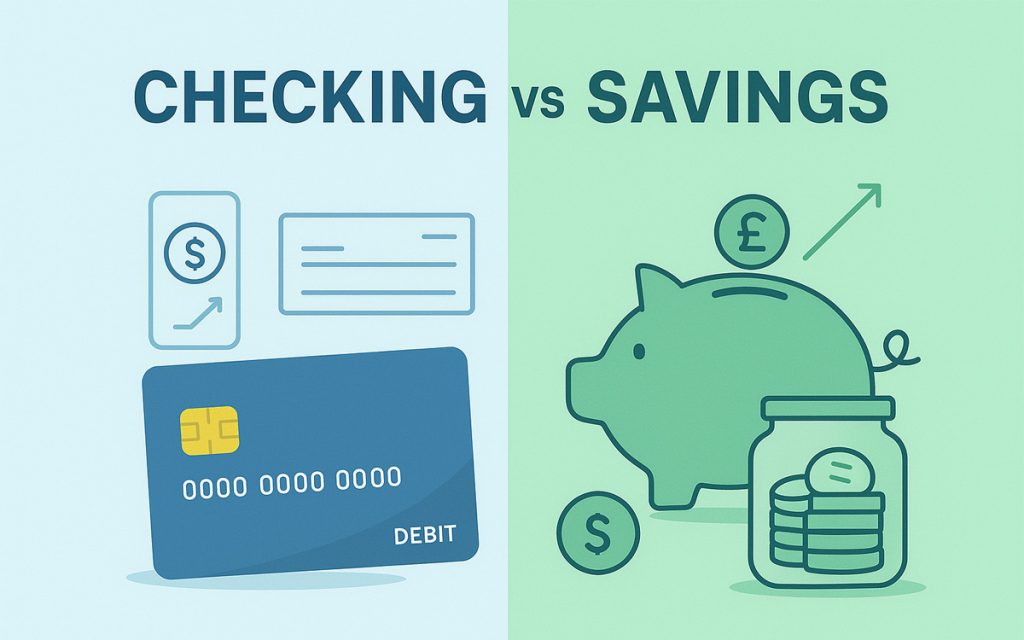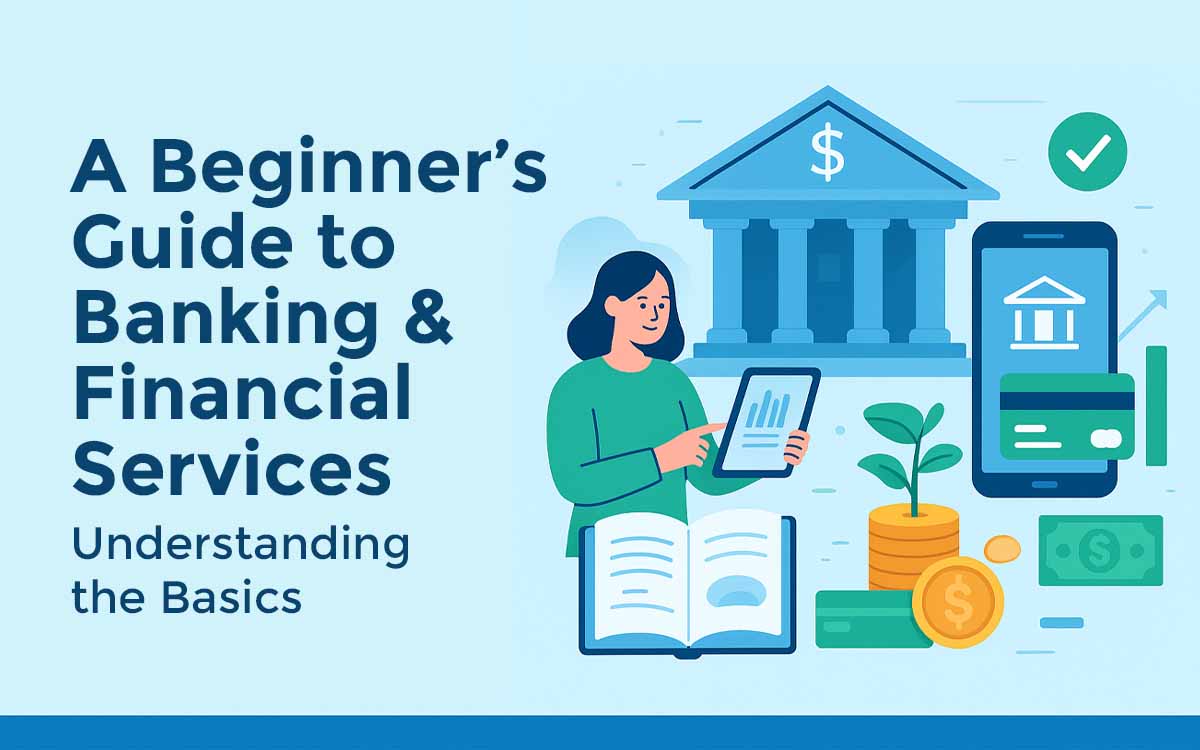When you first open a bank account, one of the biggest decisions you’ll face is choosing between a checking account and a savings account. While both accounts help you manage your money, they serve different purposes. Understanding the differences can help you avoid unnecessary fees, maximize your savings, and use each account more effectively.
In this guide, we’ll break down how checking and savings accounts work, their differences, and how to decide which one is right for you, or why you may actually need both.
What is a Checking Account?
A checking account is designed for everyday spending and transactions. It’s where your money is most accessible.
Key features:
- Unlimited deposits and withdrawals.
- Comes with a debit card for ATM withdrawals and in-store/online purchases.
- Supports direct deposit for paychecks.
- Allows bill payments and transfers.
- Usually earns little to no interest.
Best for: Daily transactions, bill payments, and easy access to cash.
What is a Savings Account?
A savings account is designed to store and grow money over time. It’s not for frequent transactions but rather for building financial security.
Key features:
- Limited withdrawals (federal rules in the US, and similar in UK/Canada).
- Earns interest on your balance.
- Often linked to your checking account for transfers.
- May require a minimum balance to avoid fees.
Best for: Building emergency funds, saving for goals, and earning interest.

Checking vs Savings Accounts: The Key Differences
| Feature | Checking Account | Savings Account |
|---|---|---|
| Purpose | Everyday spending | Long-term savings |
| Access to Funds | Unlimited | Limited |
| Debit Card | Yes | Rarely |
| Interest | Very low or none | Moderate (varies by bank) |
| Fees | Monthly fees possible | Balance/withdrawal fees possible |
| Best For | Paying bills, daily use | Emergency funds, financial goals |
When Should You Use a Checking Account?
- Paying rent or utilities.
- Receiving your paycheck.
- Shopping online or in-store.
- Everyday cash withdrawals.
When Should You Use a Savings Account?
- Building a rainy day fund.
- Saving for vacations, home, or education.
- Protecting money from impulse spending.
- Growing money through interest or high-yield options.
Do You Need Both a Checking and Savings Account?
Most people benefit from having both. The checking account acts as your spending hub, while the savings account acts as your safety net. Together, they give you the best of both worlds: flexibility and financial growth.
Pro Tips to Maximize Both Accounts
- Automate transfers: Move money from checking to savings on payday.
- Use high-yield savings: Consider online banks that pay better interest.
- Avoid overdrafts: Link savings to checking for overdraft protection.
- Segment savings goals: Some banks let you create “buckets” for travel, emergency, or big purchases.
Conclusion
The choice between a checking account and a savings account isn’t about picking one over the other—it’s about understanding how each supports your financial health. A checking account keeps your money accessible for everyday use, while a savings account helps you grow and protect your wealth.
The smartest strategy is to use both together: one for spending, the other for saving.



